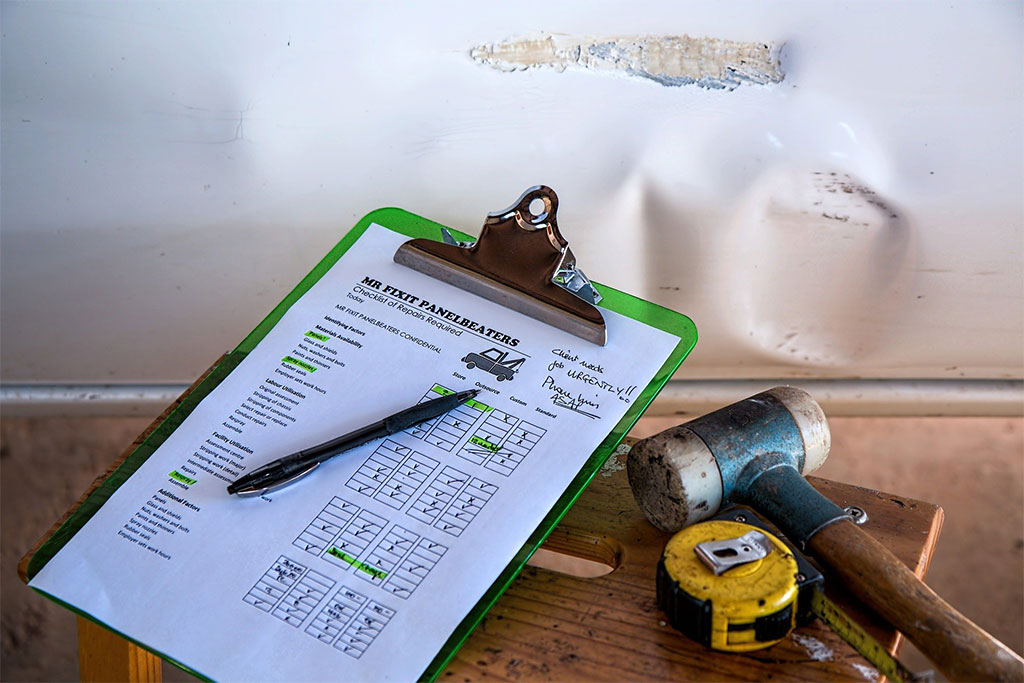California, like virtually every other state in the country, mandates that every vehicle operated or parked on its roads be insured. Typically, this means that the owner of the vehicle obtains insurance from a company that sells automobile insurance. If you go this route, California law requires every vehicle to carry a minimum of insurance coverage of $15,000 for injury/death to one person, $30,000 for injury/death to more than one person, and $5,000 for damage to property. Alternatively, a vehicle owner can meet the insurance requirement of showing financial responsibility by depositing $35,000 in cash with the Department of Motor Vehicles (DMV), obtaining a DMV-issued self-insurance certificate, or obtaining a $35,000 surety bond from a company licensed to do business in California.
The vast majority of vehicle owners, however, elect to go the traditional route of obtaining a motor vehicle insurance policy. The problems begin however, with the amount of insurance that is purchased. When it comes down to it, California’s minimum requirements are probably insufficient to make the other party whole in anything but a minor fender bender. Five thousand dollars in property damage will not go particularly far. And, of course, you cannot choose with whom you get into an accident, nor can you judge or know a given vehicle’s insurance status. This is only known to the DMV, the police, and the owner of the vehicle.
If you have the misfortune of getting into an accident, especially one that is serious, with another driver who has only met the minimum requirements of insurance coverage, then there is a very good chance that the driver is underinsured. Not only is this frustrating because it is perfectly legal for the other driver to be on the road with such paltry coverage, it is potentially very expensive for you in myriad ways.
First, your recovery from the other party’s insurance policy will be limited to that which is required by the law that they carry. So, that means you would recover at most $5,000 for property damage and $15,000 for injuries or even death per person. Depending upon how robust your own insurance is, you may be able to get more out of your own policy, but as with most things in life, you get what you pay for.
Second, do not assume that you will be able to reap the balance of your other damages such as lost wages, medical bills greater than what was already covered, and pain and suffering, by suing the other driver. More often than not, those who opt to have minimum insurance coverage do so because they cannot afford better insurance. They can afford only what is required to allow them to drive legally on the roads. They are not going to have many other assets that could be recovered in a civil suit.
Third, your health insurance will likely cover your injuries from a car accident but they may very well go after any settlement you obtain from the other party for the cost of those services. Depending upon the language in your insurance policy, this could take a significant chunk of your settlement. We will discuss this in more detail below.
Bridging the Gap
There are several things that you can do to avoid these pitfalls. Short of never having an accident (which is unrealistic) the best way to protect yourself upfront is to carry uninsured/underinsured motorist coverage. This is coverage that is in addition to your comprehensive and liability coverage that you are required to carry by law. It is designed to bridge the gap between what the underinsured motorist’s policy covers and your actual damages and injuries. This is particularly helpful and important if the person who hit you has no other assets to fulfil any judgment that may be rendered against them. It also does not hurt to have an umbrella policy that can be used under any policy to cover excess losses when the limits of the original policy have been exhausted.
Even with these measures, however, you still will want to talk to a Los Angeles car accident lawyer to make sure you get the most out of your settlement as possible. But why, you ask, since you have insurance? Isn’t that the whole purpose of insurance, to make the person whole in the case of an accident? It is but remember that the insurance company wants to be made as whole as you are. The fastest way for them to do that is to recoup their payments to you from your settlement.
Enter California’s Make Whole Doctrine. Under this doctrine, the insurance company is not allowed to get money from the party who injured you unless you are first compensated. This is because insurance companies are allowed under California law to seek reimbursement for the damages that they pay, a concept known as subrogation. In other words, when you are in an accident that is not your fault and your insurance company has paid your damages under your policy, they are entitled to recoup that money from the party that injured you. And the fastest way to do that is to insist that some of the settlement money heads straight to them.
This is where the application of the Make Whole Doctrine is best handled by your car accident lawyer. The insurance company has no incentive to apply the doctrine to itself and oftentimes will argue that you have indeed been made whole allowing them to take their cut of the settlement to recoup their losses.
Do most insurance policies contain language to get around the Make Whole Doctrine? Of course, which is yet another reason to have a competent lawyer on your side to argue that the policy’s language does not preclude the application of the Doctrine and that you have most certainly not been made whole.


